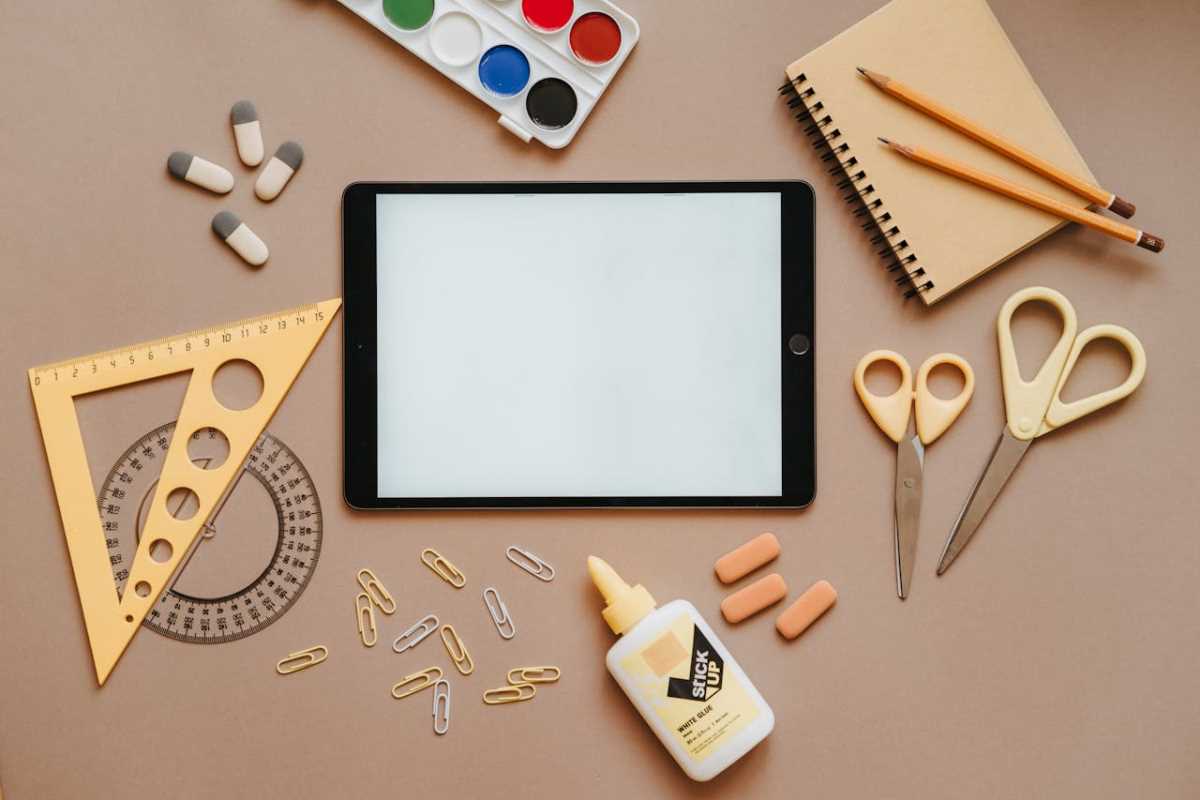As a parent, choosing the right toys for your child can feel like wandering through a maze. The rise of digital educational toys has added another layer of complexity, promising to teach kids everything from coding concepts to early math skills through screens, sensors, and interactive technology. But how do these modern gadgets measure up against the classic, time-tested traditional toys like puzzles, building blocks, and board games?
If you’re skeptical about digital learning toys yet don’t want your child to miss out on technology’s potential benefits, you’re not alone. This article takes a balanced look at both sides, helping you decide on what’s best for your child’s growth and learning.
Do Digital Learning Toys Offer Real Learning Opportunities?
Digital educational toys are designed to combine play with learning, often boasting features like lights, sounds, touchscreens, and even artificial intelligence. Think of programmable robot kits or interactive tablets for toddlers. Their appeal lies in the promise of making education fun and immersive.
Pros of Digital Educational Toys
- Interactive and Engaging: Many digital toys captivate children by using elements like sound, movement, and interactive challenges. For instance, a robot that responds to voice commands or teaches programming through games can keep a child motivated and eager to learn. This engagement can be particularly helpful for kids who struggle to find interest in more traditional methods.
- Technology Preparation: Early exposure to digital tools can help kids become comfortable with the devices that will likely play a significant role in their future education and careers. A child learning basic coding with a digital toy today could build foundational skills for tackling STEM subjects later on.
- Personalized Learning: Many digital toys adapt to a child’s pace and learning style. For example, an interactive phonics game might offer easier questions if a child is struggling or progress to more complex material if they’re excelling. This kind of adaptability can ensure that the toy meets the child where they’re at.
- Immediate Feedback: Digital toys often provide instant feedback. If a child solves a puzzle incorrectly, the toy might offer a hint or suggest a new approach. This reinforcement can enhance the learning process by helping kids identify and correct mistakes in real time.
Cons of Digital Educational Toys
- Overstimulation: While colorful lights, sounds, and animations can engage kids, they can also overwhelm them. Some toys are designed to be so stimulating that they might hinder attention spans or cause distraction.
- Reduced Creativity: Many digital toys are structured and goal-oriented, leaving less room for open-ended exploration. Unlike building blocks or craft sets, which require kids to use their imagination, digital toys often dictate how they’re used.
- Screen Time Concerns: Some digital educational toys rely on screens, which can contribute to excessive screen time. According to pediatric guidelines, too much time spent in front of a screen can impact sleep, physical activity, and even social development in young children.
- Dependence on Technology: Kids may become reliant on technology to be entertained or to learn, potentially reducing their ability to enjoy simpler forms of play or develop patience for less immediate feedback.
The Timeless Appeal of Traditional Educational Toys
Traditional educational toys, like wooden blocks, puzzles, and non-digital science kits, have stood the test of time. These toys rely on simplicity to encourage children to learn foundational skills about the world around them.
Pros of Traditional Educational Toys
- Encourages Open-Ended Play: Traditional toys allow for more creativity. A box of wooden blocks can turn into a castle, a rocket ship, or a bridge. These types of open-ended scenarios spark imagination and develop problem-solving skills that aren’t pre-programmed.
- Development of Fine and Gross Motor Skills: Toys like shape sorters or bead mazes require hands-on manipulation, which helps young children hone their fine motor skills. Physical activities, like playing with a soccer ball or balance toys, also assist in developing gross motor skills.
- Focus on Social Interaction: Many traditional toys encourage interaction with family members or peers. Board games, for instance, teach children about taking turns, teamwork, and patience. These interpersonal skills are harder to replicate with solo digital play.
- No-Tech Simplicity: One of the best things about traditional toys is that they eliminate the worries of screen fatigue, power outages, or constant updates. Whether it’s playdough or stacking rings, these toys foster learning without added layers of complexity.
Cons of Traditional Educational Toys
- Limited Feedback and Personalization: A wooden alphabet puzzle isn’t going to tell your child how to pronounce the letters or provide hints if they get stuck. Parents or caregivers often need to step in to guide the learning process.
- Not Always Portable or Convenient: Unlike compact digital toys or apps that children can carry on the go, traditional toys are often bulkier and less travel-friendly.
- Static in Nature: While imaginative play is a strength of traditional toys, they can feel repetitive after a while. A digital toy might offer new challenges and levels to unlock, whereas a set of wooden blocks will remain just that.
How to Strike the Right Balance
Rather than pitting digital toys against traditional ones, consider how they can complement one another. Here are some tips to maintain balance:
- Mix and Match: Use digital toys to teach structured skills, like coding or math, and traditional toys to encourage creativity and imaginative thinking. For example, after playing with a geometry app, give them a physical tangram puzzle to reinforce what they’ve learned.
- Set Boundaries on Screen Time: Even educational technology should be used in moderation. Pair digital toy time with plenty of opportunities for free play using traditional toys.
- Focus on Purpose, Not Features: Whichever type of toy you choose, make sure it aligns with your child’s developmental stage and learning needs. A flashy app isn’t automatically better just because it’s digital.
- Model Balanced Behavior: Show your child that both types of play hold value. Join them in a game on their coding robot kit, but also build a Lego tower with them. This will help reinforce the idea that both approaches have their place.
By blending the old with the new, you can create a playful, enriching environment that nurtures your child’s curiosity and growth while using the best of both worlds.
 (Image via
(Image via





